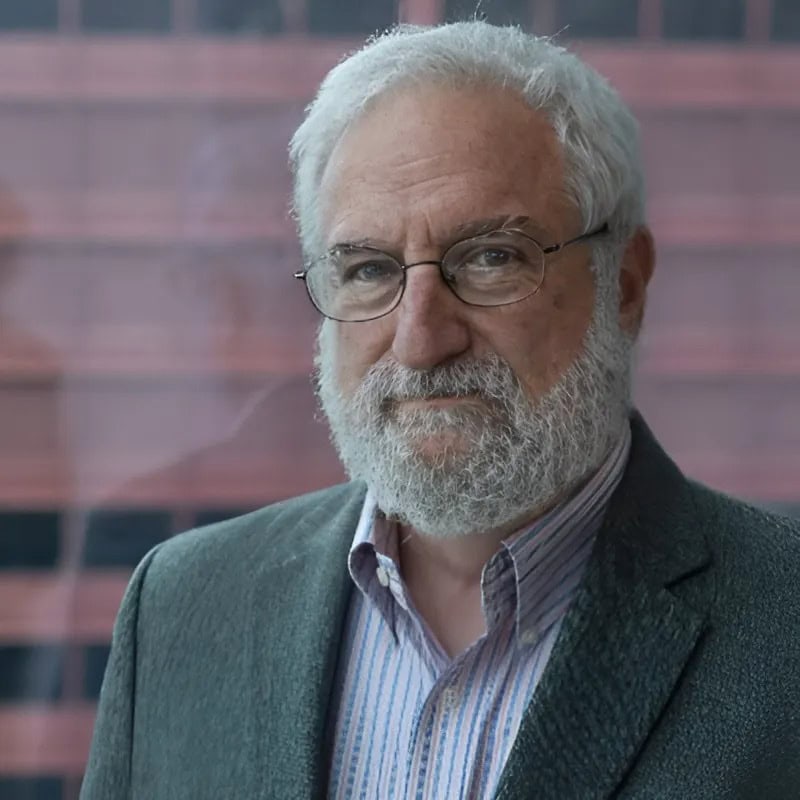A version of this column first appeared in the Chronicle of Higher Education on August 28, 2017.
Imagine the orientation for new doctoral students in history five years from now. After the usual opening pleasantries, the director of graduate studies begins with a brief statement about the purpose of the PhD program: students will be encouraged to become the best historians they can be, and to develop breadth—in whatever form—that opens doors to multiple possible career paths.
As academe moves to rethink doctoral training, I’ve been mulling the direction and implications of change.
Today, a new vocabulary has emerged in PhD humanities education. Doctoral degrees are “malleable.” Their recipients are “versatile.” A discourse of “career diversity” will enable new cultures of “connected academics.”
Most graduate students today encounter that wider perspective of doctoral training as they near the finish line, yet they also inhabit an academic culture steeped in traditional norms of success and failure. Even graduate-program directors committed to a broad view of PhD career options might include in their welcome messages the 40-year-old jeremiad about the narrowed academic job market—implying therein a standard of success. In a well-meaning attempt at transparency, they might refer to “placement rates”—underscoring the tenure track as the normative pathway.
With resources from the National Endowment for the Humanities and the Mellon Foundation, projects aimed at changing graduate-school training and culture are emerging—some initiated by scholarly societies like the American Historical Association and the Modern Language Association, and others led by humanities centers, graduate deans, and even individual departments.
With these visions gaining traction, I am ready to indulge in fantasy: What might a graduate orientation in history look like in five years? Let’s pick up where we left off with our hypothetical director of graduate studies (DGS) in 2022 . . .
She explains that the curriculum is shaped by the faculty’s collective—if often conflicting—ideas about what constitutes history, historical thinking, and historical work. The doctoral curriculum includes course work, internships, examinations, and the dissertation, with each element relating to the others in some intentional and articulated fashion.
All students are responsible for the full curriculum, she says. There are no separate occupational tracks. You all will become familiar with the institutional landscape of higher education, the scholarship on how people learn history, and the role of history in public culture.
The director points to the range of careers that department alumni and history PhDs in general have pursued, taking care to note that even professorial work varies widely across higher education. The career data come from the AHA, and the DGS notes that, should you be curious about any particular type of work, the AHA can set up an e-mail conversation with a history PhD knowledgeable in that particular career.

“You will leave here . . . prepared to find your own way.” Wade Brooks/Flickr/CC BY-NC 2.0
Combining data on outcomes with an overview of the curriculum, the DGS explains what makes a doctorate in history such a versatile degree. Different history occupations will require additional skills and knowledge, and you are encouraged to acquire that expertise via the whole university—including administrative offices, which can provide opportunities both for learning how academia works and for broadening your occupational horizons.
Students should spend time exploring other disciplines—not for the sake of interdisciplinarity itself, but for well-articulated intellectual and professional purposes.
The director also reminds the assembled students: Although you will eventually have a primary dissertation adviser, there is no reason to limit yourself to a single individual as a mentor or role model. “Nobody is here to reproduce themselves,” she notes.
One thing most graduate professors can’t do, she explains, is help you explore opportunities beyond the professoriate—the eventual destination of 30 to 50 percent of all history PhDs (a figure that varies considerably by institution). That proportion has nearly doubled in recent years, as more broadly prepared history PhDs have abandoned the adjunct rut for more promising careers, some of them inside the academy as administrators. In addition to the AHA’s resources, she explains, the university offers career and alumni offices, each of which has expertise that falls outside the faculty domain.
She then introduces the graduate-student career officer, who explains what his office does and how it collaborates with individual departments and the alumni office to identify employers, locally and nationally, who appreciate the value of a humanities PhD.
A few of these employers are themselves history PhDs who will visit the campus over the course of the year—students might recognize their profiles from the list of recent PhD graduates on the department’s website. But most of the employers are among the far more numerous BA alumni, who, because of the department’s reform of the undergraduate major based on clearly articulated degree outcomes, understand in precise and sophisticated ways the occupational value of historical thinking.
This segues to the next guest, the director of the university’s Center for Learning and Teaching. She and the historian currently teaching the department’s required course on history pedagogy explain, as a team, how the landscape of postsecondary history education has been changing and the professoriate along with it—both the structures of employment and the work of teaching.
“All of you will teach as part of graduate education,” one of them notes, “and all of you will read and discuss scholarship on how students learn, especially how they learn history.”
References to “placement rates” underscore the tenure track as the normative pathway for PhDs.
A hand goes up: A student asks about the contradiction between the earlier references to the possibility—even likelihood—of nonfaculty careers, and the apparent emphasis in the program on pedagogy. The faculty member teaching the pedagogy course responds that teaching is an essential skill for every historian, whether in a secondary school, college classroom, museum, archive, historical site, or even in the public square, presenting evidence persuasively to legislators and fellow citizens.
Becoming a historian is as much about conveying what we know to a live audience as it is about conveying what we know to a reader. Good teaching also requires and nourishes leadership skills that are useful anywhere and everywhere.
The DGS then steps back in to review funding packages, since all of them include some teaching stipends. Each five-year package, she explains, will include three types of assistantships—in teaching, in research, and in administration. That last category of assistantship, the director says, could involve substantive work in such university offices as community relations, international initiatives, communication/publications, admissions, development, student services, athletics, etc.
The final message of the 2022 orientation: The department wants all students to take responsibility for their own graduate education. Faculty members are here as guides, resources, constructive critics, and responsible evaluators. When you leave with your PhD, you will be confident in your abilities and empowered to choose among the range of career options available to you.
Rather than trying to shape yourselves to fit a preconceived template—i.e., a professorship—you will be empowered by the curriculum, the opportunities at this university, and the guidance of your advisers to find a career path that works for you, intellectually and otherwise.
“Our department does not ‘produce’ PhDs,” the DGS notes. “Nor do we ‘place’ them when they receive a degree. You will leave here having earned the highest attainable degree in our discipline, and prepared to find your own way.”
This work is licensed under a Creative Commons Attribution-NonCommercial-NoDerivatives 4.0 International License. Attribution must provide author name, article title, Perspectives on History, date of publication, and a link to this page. This license applies only to the article, not to text or images used here by permission.

